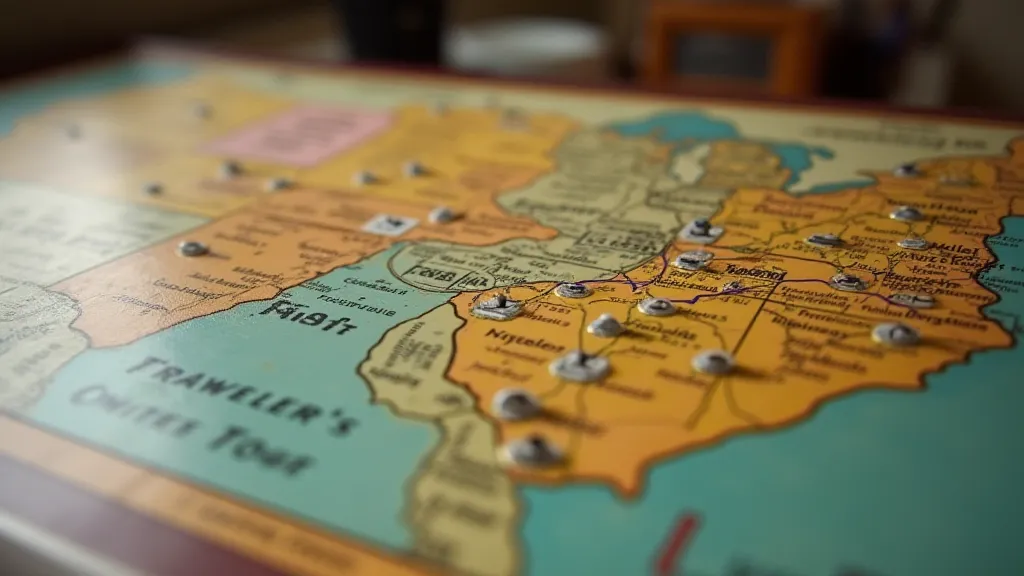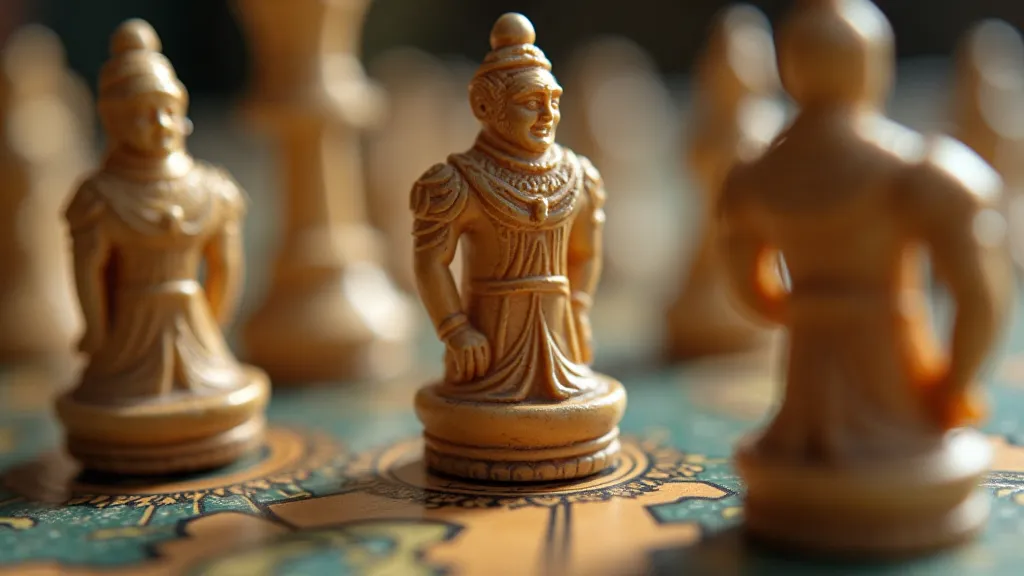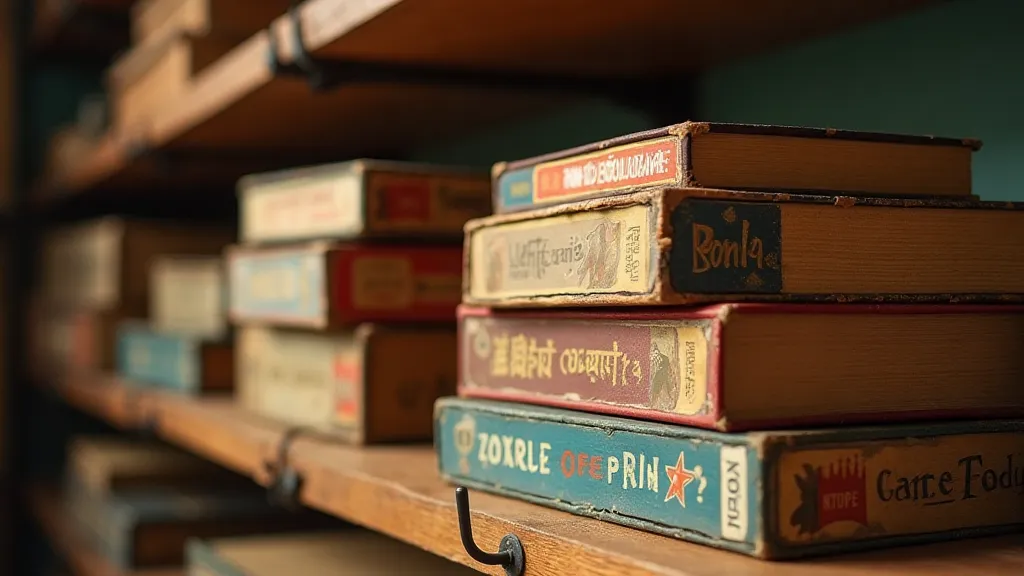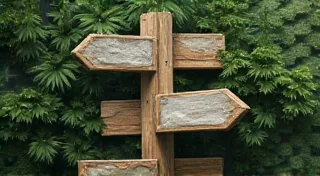From Parlor to Prototype: The Evolution of Game Mechanics Through the Decades
There’s a quiet magic in holding a vintage board game. It’s not just the scent of aged cardboard and faded ink; it's the echo of laughter, of family gatherings, of countless evenings spent around a table. These weren's just games; they were portals to different eras, reflecting the values and anxieties of their time. My own journey into board game collecting began with a dusty copy of “The Mansion of Happiness,” a moralistic game from 1843. Seeing those hand-painted lithographs, feeling the sturdy wood of the playing pieces… it sparked a fascination that continues to this day. It's more than just acquiring objects; it's about understanding the ingenuity and the cultural shifts that shaped them.
Today, we enjoy a rich tapestry of game mechanics, from the strategic depth of worker placement to the dynamic unpredictability of deck building. But these innovations weren’t born in a vacuum. They have roots, tracing back to the clever solutions crafted by game designers over a century and more. Let's examine how some core mechanics we know and love found their ancestors in those charming, often surprisingly complex, antique games.
Worker Placement: From Paths to Parcels
The worker placement mechanic, where players strategically allocate limited actions to gain resources or advance their positions, feels distinctly modern. Yet, elements of it can be found surprisingly early. Consider “Traveller’s Tour Through the United States” (1878). While not a perfect analogue to modern worker placement games, players moved a token around a map, landing on spaces representing cities and landmarks. Some spaces offered advantages, effectively "claiming" them before opponents could. The scarcity of these advantageous locations, and the competition to reach them first, hints at the core tension of worker placement. The game’s design subtly encourages players to anticipate their opponents' actions and block their progress – a primitive form of area denial.

Later, in games like “Auctioneer” (1889), players bid for lots of goods, effectively "placing" their money to secure them. The auction mechanic, while distinct, shared the core concept: limited resources (money) were strategically allocated to gain an advantage. These early examples highlight how designers constantly sought ways to introduce strategic choice and resource management, even within the constraints of available technology and societal norms.
Deck Building: A Shuffle Through History
Deck building, where players start with a basic deck of cards and acquire more powerful cards throughout the game, is a hallmark of modern game design. The roots of this mechanic are harder to pinpoint in a direct sense. However, games like “Chick-a-Dee-Dee-Dum” (1912) offer intriguing parallels. Players begin with a set of cards with limited abilities. As they progress, they are awarded new cards through chance events and achievements within the game. These new cards often granted greater power or advantages, mirroring the core deck-building principle of accumulating stronger cards. The concept of evolving your hand through gameplay, though not as sophisticated as modern iterations, was present.
The challenge in tracing this lineage is that early games often relied more on dice rolls and random events. But the *idea* of enhancing your capabilities through the game's progression – of “leveling up” your hand – was there, a seed for future innovation.
Area Control: Marking Territory Across Time
The concept of area control, vying for dominance over specific regions or territories, is perhaps most clearly reflected in games like “Game of the Empire” (1881). Players placed markers on a map of the globe, claiming territories and accumulating wealth based on their holdings. The visual appeal of slowly conquering the world, piece by piece, certainly had a draw. Even simpler games, like early versions of "Checkers" and "Go", implicitly dealt with area control; the strategic positioning of pieces to dominate the board's surface.
What’s fascinating is observing how the *reason* for area control evolved. In early games, it was often tied to economic dominance or colonial expansion, reflecting the prevailing worldview of the time. Later games, influenced by changing social attitudes, might frame area control in terms of resource management or population growth. The *mechanic* remained, but the *narrative* surrounding it shifted.

The Human Element: Craftsmanship and Storytelling
Beyond the mechanics themselves, appreciating antique board games means recognizing the extraordinary craftsmanship involved. The lithography, the hand-painted details, the quality of the wood and cardboard – these were testaments to a time when games were considered valuable objects, worthy of investment and artistry. My grandfather, a skilled carpenter, once helped me repair a broken “The Mansion of Happiness” board. The level of care he took, the reverence he showed for the aged wood, spoke to a deep respect for the game's history. That connection – the link between the object, the creator, and the players – is essential to the collecting experience.
Many antique games also incorporate moral lessons or didactic narratives. “The Mansion of Happiness” is a prime example, guiding players along a path dictated by virtuous behavior. While these moralizing aspects might seem quaint or even restrictive today, they offer a fascinating glimpse into the values of the era. They reflect anxieties about social order, the importance of education, and the rewards of piety.
Preserving the Past, Inspiring the Future
Collecting vintage board games isn't just about acquiring rare objects; it’s about preserving a vital part of our cultural heritage. Each game is a time capsule, offering insights into the lives and values of those who came before us. Careful storage is key – away from direct sunlight and moisture – to slow the inevitable process of decay. Minor repairs, like re-gluing loose pieces or reinforcing weakened corners, can extend a game’s lifespan. But remember, preserving authenticity is paramount. Over-restoration can diminish a game’s historical significance.

The ingenuity of early game designers continues to inspire modern creators. Understanding the origins of our favorite mechanics—seeing how clever solutions emerged from constrained circumstances—deepens our appreciation for the art of game design. The evolution of games is a story of human creativity, adaptation, and our enduring desire to connect through play. And that, more than anything, is what makes collecting vintage board games so rewarding.




